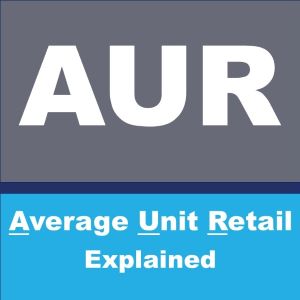Today’s customer has more options than ever to purchase exactly what they want when they want it. With the ability to shop brick-and-mortar and online, it’s no longer a question of “can I find this today”, but rather “which retailer wants to sell this to me today?”
Every retailer wants full shelves and warehouses to move merchandise quickly. If the item isn’t there for the customer, retailers know the next store or website will have it and they lose the sale. That’s why suppliers are held to high standards to get the merchandise to the retailer. Part of supplier accountability is the efficiency of their supply chain. For the retailer, this is measured in part by MABD.
What Is MABD?
Must Arrive By Date (MABD) refers to the date a supplier’s merchandise is expected to arrive at a retailer’s store, warehouse, or another facility. Depending on the retailer, MABD may be a specific date, a desired date, or a window of days the shipment is expected.
What Is the Purpose of MABD?
MABD is a practice largely used by big-box retailers. The idea of holding suppliers accountable to MABD comes down to better controlling inventory.
Housing excess inventory costs retailers money. The goal of the retailer is to receive merchandise when it is needed, sell or distribute quickly, then move in the new merchandise with as little backstock as possible. Reducing the clutter means lowering the cost.
By knowing the new merchandise on a planned MABD, the retailer can better plan for sell-through and control inventory levels.
The MABD Challenge for Suppliers
The biggest challenge for suppliers when it comes to MABD is compliance, or simply hitting the MABD itself. The tighter the MABD window, the greater the opportunity for deliveries to be too late or too early. Many suppliers struggle with staying MABD compliant because of opportunities to ship via LTL.
Suppliers shipping full truckloads of merchandise to retailers have a much easier time complying with MABD. By shipping a full truckload, they have one destination and can hit the MABD window. For smaller suppliers using a third party to ship their goods LTL (less than truckload), hitting the MABD window can present a challenge.
Suppliers can save money by working with a third-party logistics company and ship their merchandise to retailers LTL. When shipping LTL, the supplier’s merchandise is combined on one truck with merchandise for other suppliers. It creates a full truck to arrive at a retail store or warehouse.
The issue with LTL shipping is the frequency of stops. More suppliers on the truck mean more stops on the route. This unfortunately creates delivery delays and makes it harder for the individual supplier to remain MABD compliant.
MABD at Walmart
Walmart suppliers were held to MABD standards for years. Walmart would set an arrival date for a supplier and, depending on the category, the supplier had a window of dates to deliver the merchandise.
However, as Walmart began to hold suppliers more and more accountable for keeping merchandise on the shelves, maintaining inventory levels, and reducing clutter, MABD changed. It became not the focus, but part of a larger initiative at Walmart: On Time In Full (OTIF).
When Walmart launched the OTIF initiative, it became MABD on steroids. Delivery windows were tightened and expectations for complete deliveries (or “in full”) were raised. Suppliers today are not just monetarily penalized for arriving early or late to a facility; they are also penalized for only delivering part of the order.
Since the OTIF launch, expectations have been raised almost yearly. Suppliers are measured on higher percentages of times they hit the MABD as well as how much of the delivery is missing. As customer demand grows and shopping habits change, MABD and its OTIF parent will most certainly change to keep up.
Conclusion
MABD creates a win-win-win for the supplier, retailer, and customer:
- For the supplier, knowing the retailer plans to accept the shipment and move it quickly through the facility saves time.
- For the retailer, controlled inventory reduces clutter, cost, and keeps the shelves fully stocked.
- For the consumer, a better system of inventory flow on the retailer’s and supplier’s part helps ensure the products they walked in the store to buy will be there when they want to purchase them.
To get a better handle on Walmart’s MABD and OTIF expectations, contact 8th & Walton for a free consultation.




